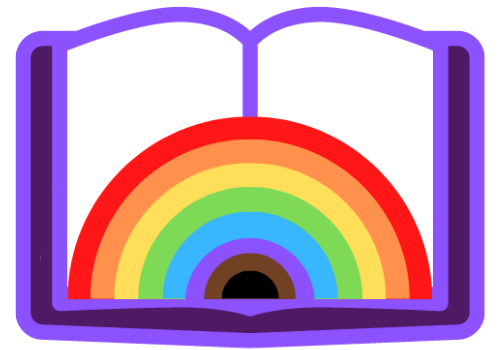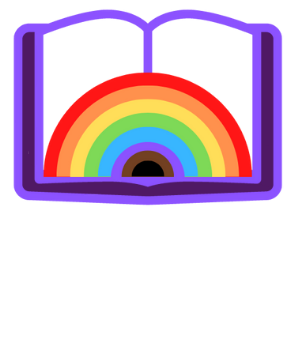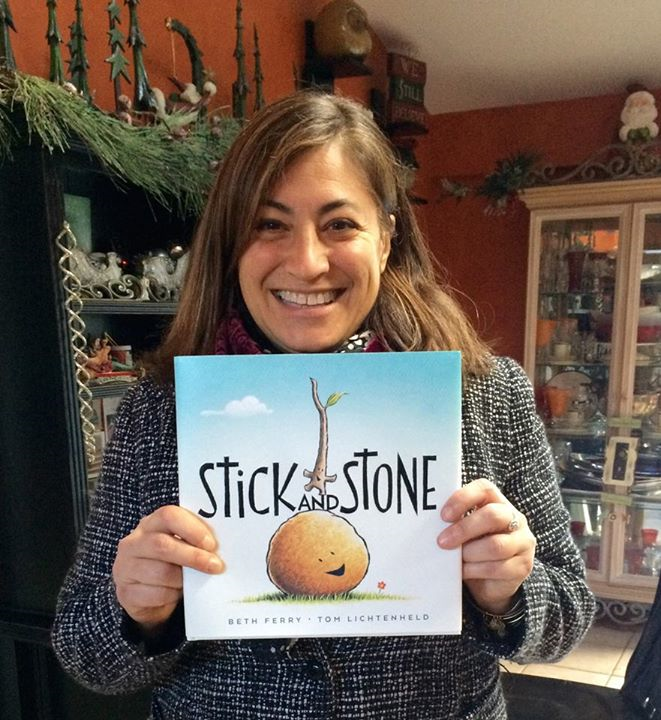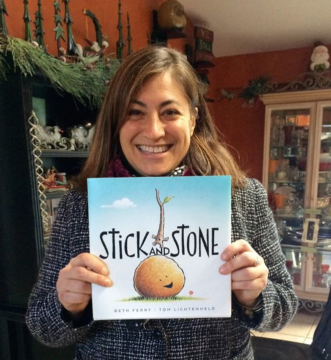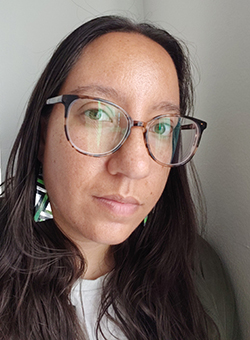A Note from Miss Kate (The Lavender Librarian)
I’m thrilled to have the opportunity to interview Beth and to learn more about her outstanding oeuvre! If you’re a librarian you know Beth Ferry’s work. Even if you don’t know you know it.
Her works have been published by Penguin Random House and Harper Collins she is probably best known for her Stick and Stone books but they are just the tip of the iceberg for this prolific and versatile writer.
I have read many of her books, including “The Bold Brave Bunny“, for Storytime but had somehow not connected them to one author. This may be because, as we had discussed in the interview, she has worked with many different illustrators. Her books don’t have a uniform look to them.
A Varied Oeuvre
What connects her works is her playful use of language. You’ll find lots of word play and alliteration, subversion of expectations, and kindness in her books. Her stories manage to have tension and whimsy without ever being unkind to their characters. And her wordplay is perfectly calibrated in such a way that it elicits giggles from little people without alienating adults.
If you’re not yet including Beth Ferry’s books in storytime I strongly recommend having a look! Or you may realize that you’ve been a fan of hers for years and just hadn’t realized that such varied books had a single author!
Words, to me, are like bees and butterflies, buzzing and fluttering inside my head, sparking my imagination.
–Beth Ferry
The “Stick and Stone“ series promotes such strong themes about bullying, support and friendship. This friendship becomes stronger and more meaningful by the end of the second book. Did you plan for Stick and Stone to be a series or was it originally a stand-alone picture book?
Originally, I had thought that “Stick and Stone“ might be a picture book series, but for many reasons that didn’t happen. Years later, I decided to turn those unused picture book ideas into a graphic novel series, the first of which will be published in June 2022. As this was happening, the idea of a picture book sequel was brought up by my editor.
A Sequel AND Graphic novels?!
I was pretty sure that I had used all my Stick and Stone ideas for the graphic novel series, but upon reflection, realized that I did have an idea that seemed worthy. I shared it with Tom Lichtenheld who luckily liked the idea, and “Stick and Stone, Best Friends Forever” was published in September 2021, six years after the original.
Timing is Everything!
I don’t think I could have written the sequel six years ago. The time that had passed allowed me to reflect on the characters and their relationship and helped lead me to the idea that very often friends can become our family. It seemed like the perfect story for characters who had been friends for so long
Regarding “Stick and Stone”, were there any challenges of going between picture books and graphic novels with a single set of characters? This is a wonderful way to keep children interested in the characters they love as they become better readers. Was this your intention?
Yes! Exactly! The hope is that readers who enjoyed Stick and Stone from the first picture book would be happy to meet the characters again in a book they could read themselves with new adventures and new characters to enjoy. I love the extra room that the graphic novels gave me to explore the characters’ personalities and quirks.
I have a soft spot in my heart for Ivan. Your picture book “Draw Me a Story” fits in perfectly with the novel “The One and Only Ivan”. Can you tell us your experience writing this book?
This was such a fun experience and a new one for me. An editor from Disney asked if I could write a picture book to accompany the “The One and Only Ivan” movie. I was sent the script and asked to write a story about Ivan and Ruby and the importance of art. It was a pleasure to work on this story since I am a HUGE fan of Katherine Applegate’s book.
You write such a wide variety of genres that range from nonfiction to funny stories. It is apparent that you include scientific ideas in some of your books whether it be the scientific method, the life cycle of a bug or recognizing different animals. Children learn from your books. Do you write your stories with the idea that children will be inspired to learn more about a topic?
I do a lot of research for my books even though most are fiction and I think it is important that students understand this. I love including non-fiction tidbits in my stories and want readers to know how much research I do and how much time I spend learning about my subject even if the story is silly and completely made-up. I have learned lots about dogs and sharks and pirates and whales and magnets!

I always hope that children, after reading my books, will be inspired to read more books! Any books! All books! That is a dream come true for all authors, I think.
In “The Bold Brave Bunny” you mention the little bunnies loving the book so much they ate it. Is there any chance this line was inspired by a Maurice Sendak anecdote?
Ha! I just read that anecdote and laughed! No, the little bunnies eating the book was just something I thought would make kids gasp and laugh! It seemed like the perfect way to express loving something so much! But it doesn’t surprise me that a kid would do this!
I actually teared up at the end of “Swashby and the Sea”. The words in the sand and the etching on Swashby’s boat holds so much meaning in terms of the needfulness of friendship. The fact it came out in 2020, when so many of us were living reclusively, hit me hard. Do you feel this adds anything to the theme of the book for young readers and their adults during that (and now) time?
Yes! I think the message in Swashby became more meaningful during the pandemic when so many people couldn’t see their families and relied on their neighbors for help and companionship. I have personally experienced how neighbors can become your family and I love sharing that message with readers. I’m so happy to hear it resonated with you.
You’ve worked with so many illustrators. How do you decide on who is right for your books and how much of the storytelling do you leave up to them?
I’m sure you’ve heard that authors don’t usually get to choose their illustrators, but I have been lucky enough to work with editors who seem to know exactly the right illustrator for each of my stories. Writing picture books requires authors to “leave room for the illustrator” which is a challenge and a pleasure. Sometimes it’s easy and sometimes it’s not. But I have to say that I have never been disappointed when I see the way illustrators bring my words to life. It is one of the purest pleasures of being a picture book author.
“Tea Time” is such a relatable book to me as an autistic person. I was pleasantly surprised with how much this book connected with me. I enjoyed how badly the two are able to misunderstand each other. I have read a lot of books about misunderstandings but this one feels different because the situation is resolved without anyone being upset. You use language so playfully! In “Pirate’s Perfect Pet” your use of Aye/Eye and a talking parrot is so much fun. How do you calibrate your wordplay for such young readers?
Wordplay is my favorite part of writing for kids. With every story I write, I hope to inspire readers to appreciate and love words. Alliteration is one of the easiest devices to use and explain to young readers, but as you’ve noticed in Tea Time and Pirate’s Perfect Pet, homonyms are another. Word play might not be apparent to the youngest of readers, or should I say listeners, but it is my hope that hearing stories that play with words will help children to appreciate the power of words as they grow up and continue reading on their own.
“Ten Rules of the Birthday Wish” was a favorite when I read it to my niece. Shhhhh is such a wonderful ending to a children’s book. During a storytime is a great way to calm children down and focus for the next activity. I found this amazing in your book. What inspired this idea for the book’s closure?
I was lucky enough to work with my friend, Tom Lichtenheld, on this book. He had the great idea to add a bedtime ending to the book. So, when I was thinking about ways to do this, I thought about the word “wish” and noticed that it ends in the letters, “sh” which easily became the word, “shhhhh”. It felt like the perfect ending and I’m so happy to hear you enjoyed it.

I want to thank Beth Ferry again for being so generous with her time and answering so many questions!
You can learn even more about her on her website!You can also follow her on Instagram, Twitter, and Goodreads so you don’t miss any of her exciting upcoming releases!
I would once again like to extend a big Thank You to Stefanie Gangone (A valued member of our content team and founder of Library For the Kind) for helping me come up with questions for Beth Ferry!
I’d also, like to thank my niblings Jane (7), and Erik (3) for their help with the research process! Thank you, my loves! Picture books are meant to be shared and I love having you both as little helpers!
Finally, thank you to everyone reading this for visiting! If you enjoyed this or anything else we’ve published please share or leave a positive comment to help others find us!
